Istrian-Dalmatian exodus was the diaspora or forced migration of ethnic Italians from
Istria,
Fiume, and
Dalmatia, after
World War II. Those territories were ethnically mixed since the Middle Ages. Most people were Italians, but there were also Slovenian, Croatian, Serbian and other communities.
National Memorial Day of the Exiles and Foibe is Italian celebration in memory of all exiles and victims in
massacres of Foibe: murdered and survived.
| Date | 1943–1960 |
|---|
| Location |
Yugoslavia |
|---|
| Cause | The Treaty of Peace with Italy, signed after the Second World War, assigned the former Italian territories of Istria, Kvarner, the Julian March, and Dalmatia to the nation of Yugoslavia |
|---|
| Participants | Local ethnic Italians (Istrian Italians and Dalmatian Italians), as well as ethnic Slovenes, Croats, and Istro-Romanians who chose to maintain Italian citizenship. |
|---|
| Outcome | Between 230,000 and 350,000 people emigrated from Yugoslavia to Italy and, in a smaller number, towards the Americas, Australia and South Africa.[1][2] |
|---|

|
| Skeletal remains of massacred victims at Macesnova Gorica, Slovenia |
In September 2022 a team of speleologists and anthropologists investigating the
foibaof Macesnova Gorica, in Slovenia, reported that they had identified more than 3,000 bodies belonging to victims massacred by the Yugoslav Partisans of Communist dictator Josip Broz Tito.
These were victims of the Kočevski Rog Massacre. In truth only a fraction of the victims, as the total number of people killed in this massacre could be as high as 30,000 people, buried in multiple different locations. This most recent investigation at the Macesnova Gorica site resulted in the recovery of over 3,000 skeletal remains.
The bodies are mostly of adult men, but with a high percentage of children, namely young boys between the ages of 13 and 17. They are said to be primarily Slovenian civilians, though the presence of other nationalities – including Italians and Croats – can not be excluded.
The victims were arrested in May 1945 by Tito's Partisans and detained in the village of Šentvid, near Ljubljana. after the war had already ended. Between June 9 and June 15 they were brought to Macesnova Gorica and dumped into deep pits known as
foibe. According to the team, no less than 30 bodies were discovered in isolated tunnels, indicating that they had been thrown alive into the abyss and attempted to escape by dragging themselves into small openings of the crevice, only to die a slow and agonizing death beneath the earth's surface.
Based on the experts' analysis of the remains, as many as 500 bodies had been dismembered as a result of explosives thrown onto the pile of bodies by the Yugoslav Partisans, in an attempt to kill the still-breathing victims and cause a collapse of the cave's walls in order to cover up the bodies.
On September 28, 2022 the Bishop of Novo Mesto and President of the Slovenian Bishops' Conference Andrej Saje visited the horrific site.
Visibly shaken, he stated the following after his visit:
"I am deeply disturbed by the criminal acts that have been carried out here, and I express my expectation that the State and responsible authorities will ensure that all those who were violently murdered during and after World War II receive a dignified burial and have a place in the nation's historical memory."
The largest cemetery in Slovenia's capital, Žale Cemetery, as well as the municipality of Ljubiana itself, have already rejected any notion of hosting the remains of the victims. This is quite reflective of a country that still refuses to come to terms with its past. Denialism of crimes and justification of brutalities is unfortunately very common in this region of Europe.
This is far from the only skeleton in Slovenia's closet. The country is home to some of the largest mass graves in Europe, known as "silenced mass graves" (
zamolčana grobišča) because for decades their existence was concealed from the public.
It is estimated that in total there are over 700 different sites where Tito's Communist partisans killed, 'infoibed' or disposed of their victims' bodies in the period between May-September 1945. What has been uncovered at Macesnova Gorica is merely
one of the hundreds of mass graves, connected to but
one of innumerable massacres carried out by the Yugoslav Partisans.
The Slovene-Yugoslav partisans also slaughtered thousands of Italians in the
Foibe Massacres. They chased thousands more Italian civilians out of their homes in Istria and Julian Venetia, before repopulating the territory with Yugoslav settlers. Capodistria (
Koper), the 5th largest city in Slovenia, was 92% Italian in 1900; now the Italians are less than 5% of the population, owing to the genocide conducted by those who today are still exalted as 'heroes' and 'liberators' in Slovenia.
Slovenia is not yet prepared to admit or acknowledge how it treated its own people, let alone admit the role it played in the horrific crimes and ethnic cleansing perpetrated against the Italian population who lived in these lands since time immemorial – since before the Slovenes themselves did.
Sources:
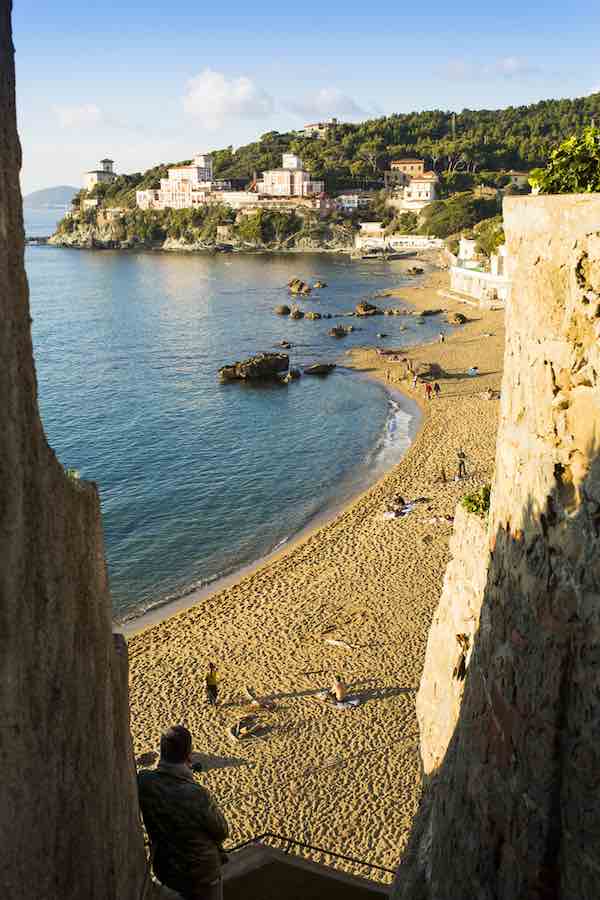
but the real estate he mentioned could had been in Italy's cheaper Mezzogiorno, like "20km outside of Rome"?
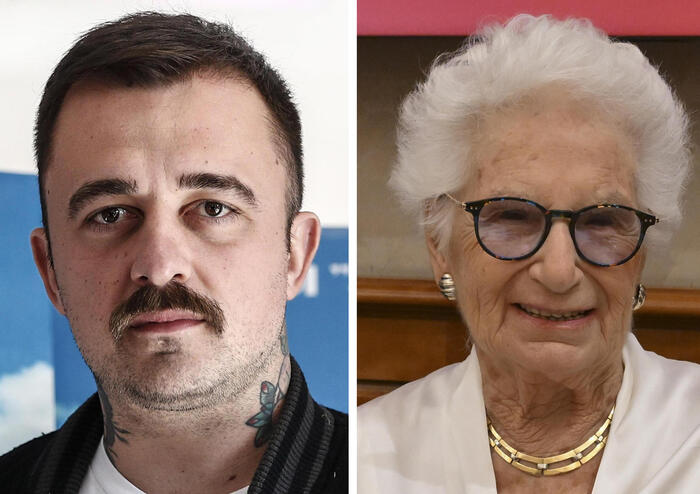
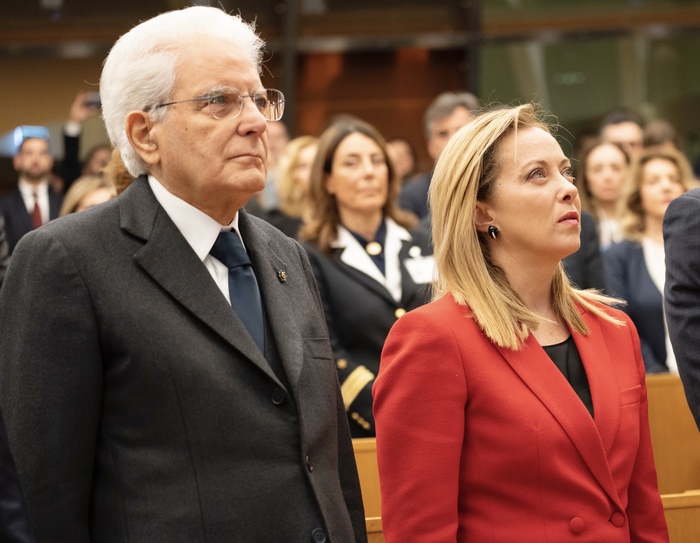
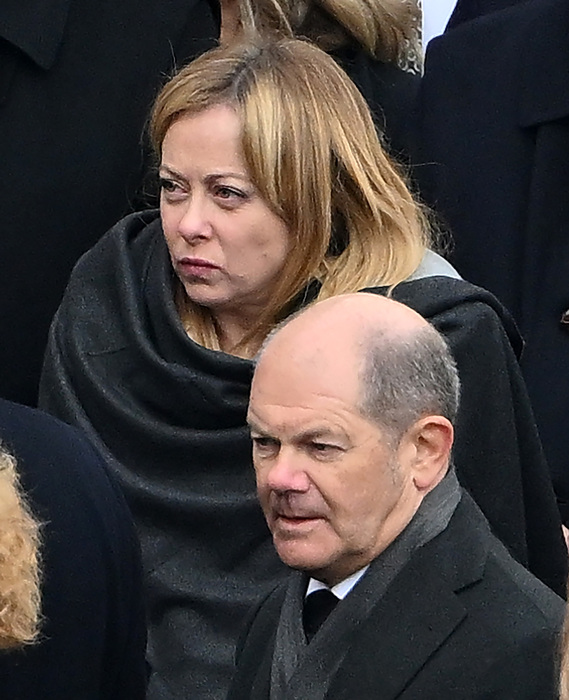
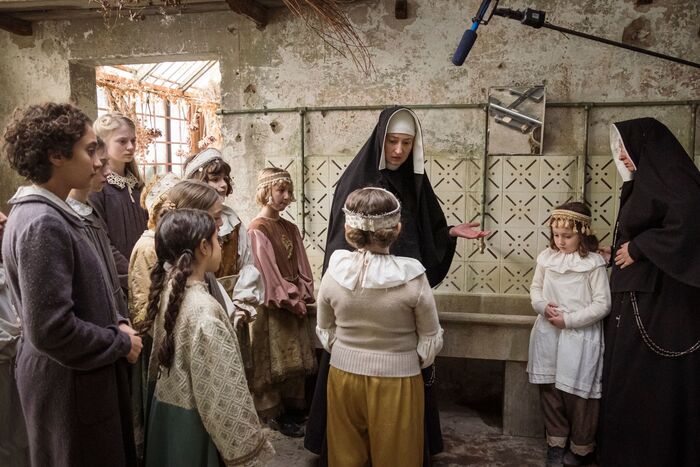
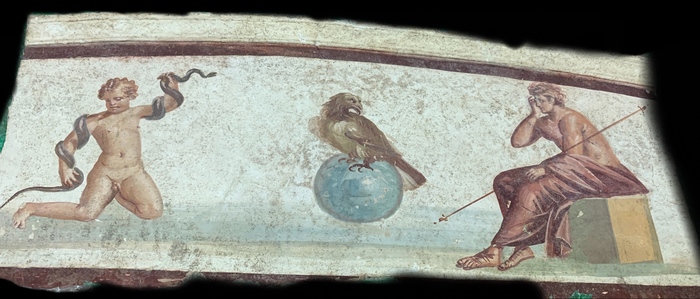


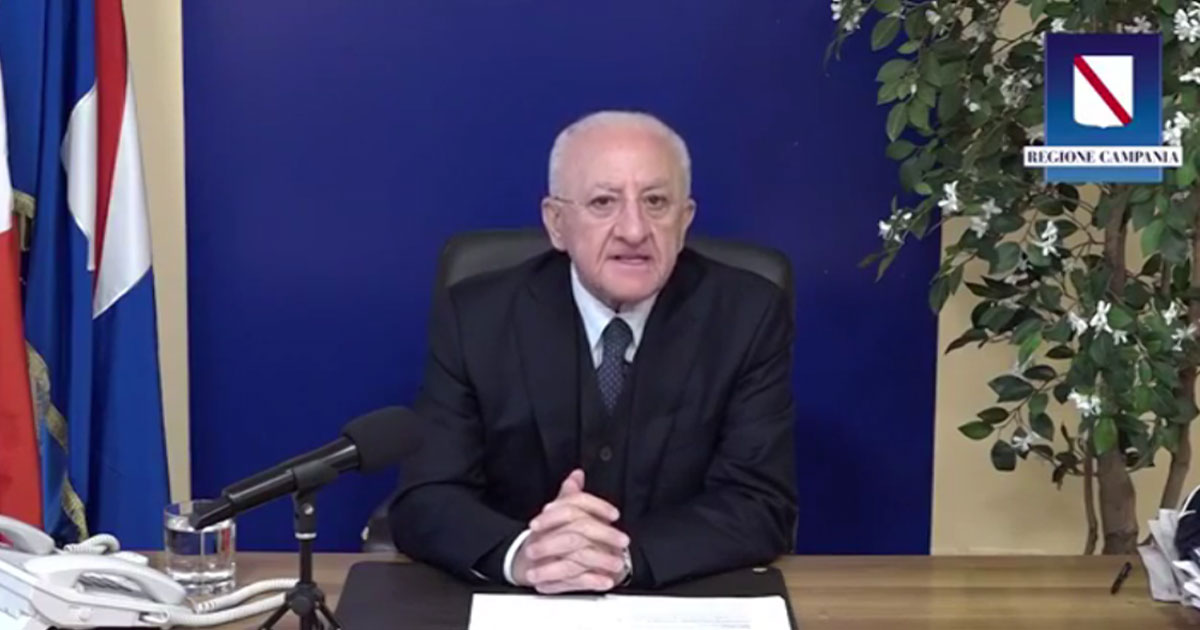

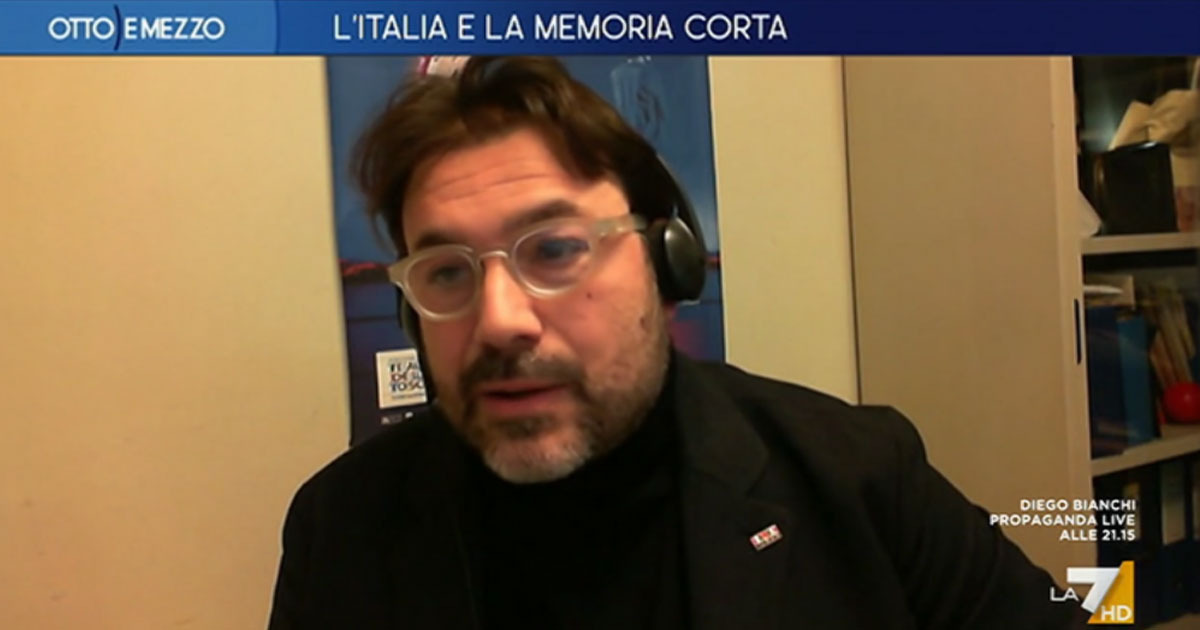






-Thumbnail.jpg)
